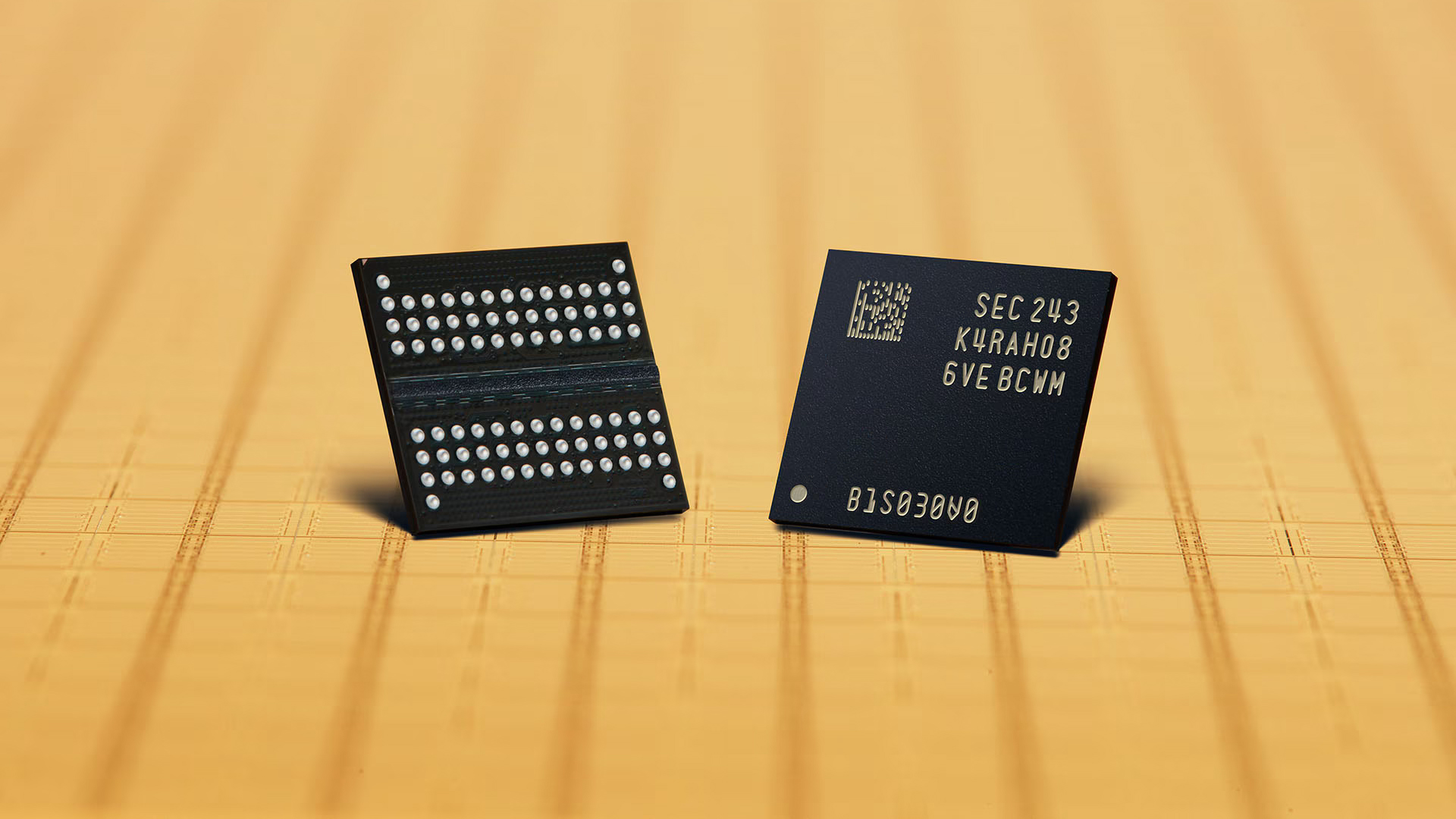Skyrocketing costs for memory will jack up smartphone prices — Chinese manufacturer Xiaomi warns of higher prices for new devices
Xiaomi blames memory chip price surge for increased smartphone costs

The increasing cost of memory chips seems to be slowly creeping into the smartphone industry. Chinese smartphone manufacturer Xiaomi saw a disappointing response to its newly launched Redmi K90 range. According to a Reuters report, Xiaomi President Lu Weibing wrote in a social media post that cost pressure is being passed on to the pricing of the company's new and upcoming products.
For context, Xiaomi launched its budget-centric Redmi K90 series in China on Thursday. The base configuration featuring 12GB of memory and 256GB of storage is priced at 2,599 Yuan ($364), which is about 100 Yuan ($14) more than the previous-generation Redmi K80, which launched in November 2024.
Lu further stated that the rising costs of memory chips are far beyond expectations and could continue to rise. Citing consumer dissatisfaction with the price difference between configurations, Xiaomi is planning to lower the price of the most popular K90 model with 12GB memory and 512GB storage by 300 Yuan ($42), bringing the price down to 2,899 Yuan ($407) for the first month of sales.
The cost of NAND and DRAM has risen throughout the year, with Digitimes reporting an estimated 15–20% increase in the fourth quarter of 2025. The reason has been attributed to a combination of rapid AI infrastructure development and supply chain constraints. The report further states that supply shortages forced cloud service providers to buy aggressively, with high-stack 3D NAND products nearly sold out. Due to its faster read speeds and larger die capacities, 3D NAND has seen strong demand from CSP customers.
Back in September, memory and storage manufacturer SanDisk announced a 10% NAND price increase, while Micron temporarily suspended DRAM and NAND price quotations to reassess allocations after forecasts indicated shortages. Meanwhile, Samsung’s next-generation V9 NAND, claimed to offer improved density and cost advantages, is nearly sold out ahead of its expected release in the first half of 2026.
These developments have potential implications for consumer pricing, and it seems only the beginning. With NAND and DRAM pricing expected to remain on the higher side due to AI-driven demand and supply constraints, consumers can expect higher prices across a wide range of devices, including desktops, laptops, and even smartphones.

Follow Tom's Hardware on Google News, or add us as a preferred source, to get our latest news, analysis, & reviews in your feeds.
Get Tom's Hardware's best news and in-depth reviews, straight to your inbox.

Kunal Khullar is a contributing writer at Tom’s Hardware. He is a long time technology journalist and reviewer specializing in PC components and peripherals, and welcomes any and every question around building a PC.